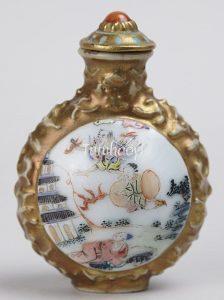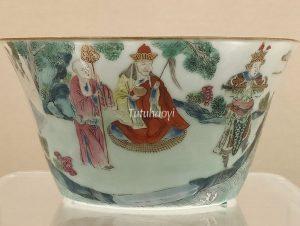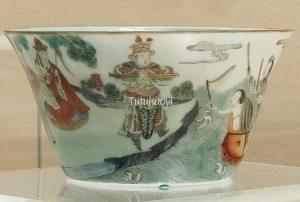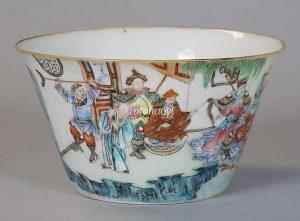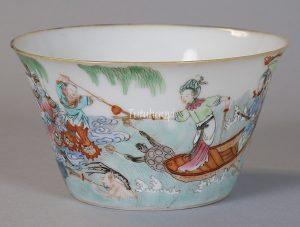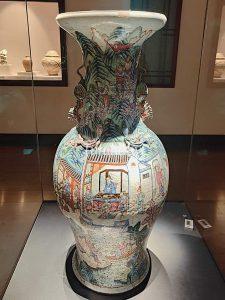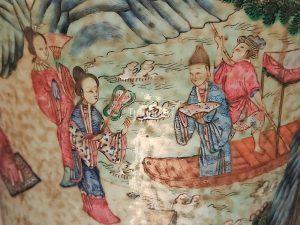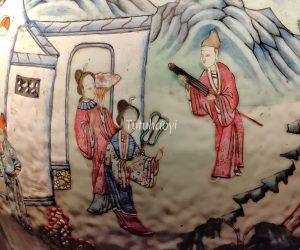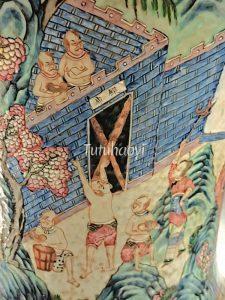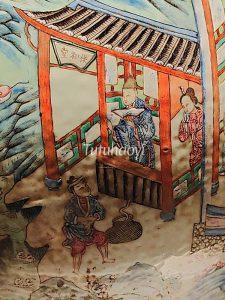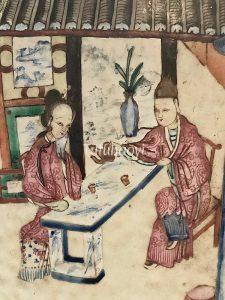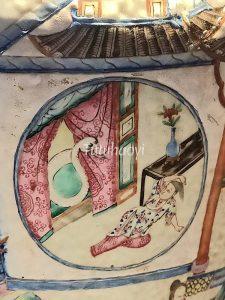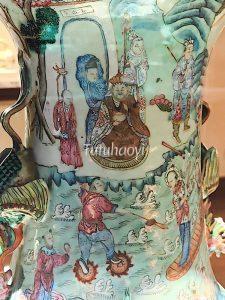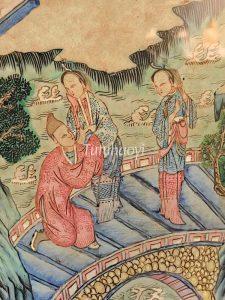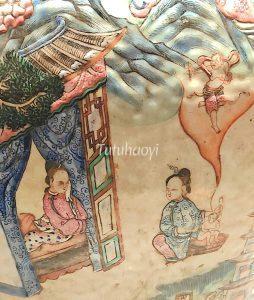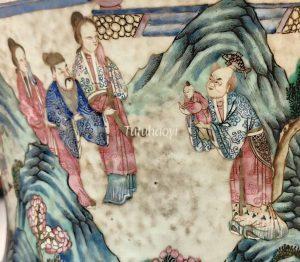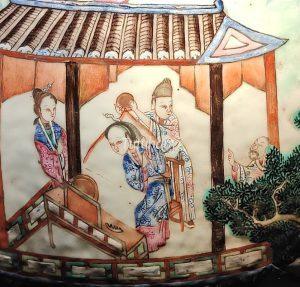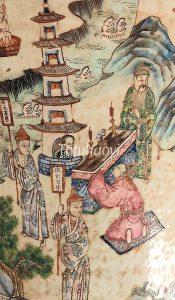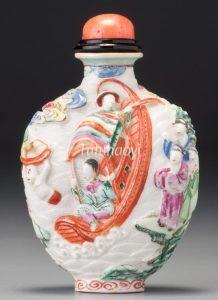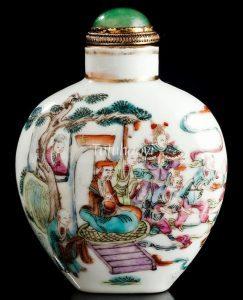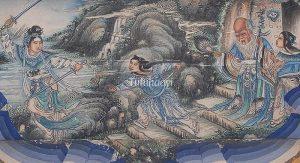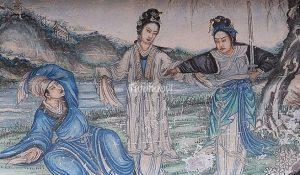Legend of the White Snake
白蛇传
© Tutuhaoyi.com owns the copyright of the description content for the images attached. Quoting all or part of the description content on this page is permitted ONLY IF ‘Tutuhaoyi.com’ is clearly acknowledged anywhere your quote is produced unless stated otherwise. (本页描述内容版权归Tutuhaoyi.com所有,转发或引用需注明 “Tutuhaoyi.com”, 侵权必究, 已注开源信息的条目除外。)
The Legend of the White Snake is one of China’s four great folktales, the others being Lady Meng Jiang, Butterfly Lovers, and The Cowherd and the Weaver Girl. Early versions of this tale can be traced to the Southern Song story collection Records of Three Pagodas of West Lake (《西湖三塔记》) and the Yuan zaju play The White Snake (《白蛇记》). By the Ming dynasty, Feng Menglong (冯梦龙)’s Stories to Caution the World—specifically the tale Madam White Forever Imprisoned Beneath Leifeng Pagoda (《警世通言·白娘子永镇雷峰塔》)—refined the narrative. During the Qing dynasty, it gained widespread popularity through operas and folk performances, becoming a beloved classic.
The story recounts how Bai Suzhen (白素贞), a white snake spirit who has cultivated her powers for a thousand years, and Xiaoqing (小青), a green snake spirit, transform into humans to experience the mortal world. While visiting West Lake in Hangzhou, Bai Suzhen encounters a scholar named Xu Xian (许仙). The two fall in love at first sight, and get married soon afterwards. Xiaoqing, leading five little spirits, manages to steal money from a corrupted governor’s bank so that Bai Suzhen and Xu Xian can open a local pharmacy. However, abbot Fa Hai (法海) discovers Bai Suzhen’s true identity as a spirit and, believing that humans and spirits cannot coexist, repeatedly intervenes.
On the Duanwu Festival (端午节), Fa Hai tricks Xu Xian into persuading Bai Suzhen to drink realgar wine, which forces her to reveal her snake form. Terrified, Xu collapses and dies. Bai Suzhen risks her life to steal an immortal herb, reviving Xu Xian, though their lives are fraught with tension from that point onward.
Fa Hai lures Xu Xian to Jinshan Temple and traps him there. Bai Suzhen and Xiaoqing lead an army of undersea creatures to attack the monastery with storms and floods, but they are defeated by Fa Hai’s superior Buddhist magic, aided by heavenly warriors. Bai Suzhen retreats to Hangzhou and, at Duanqiao, she unexpectedly reunites with Xu Xian, who manages to escape from the temple during the sea battle. The couple reminisce about their first meeting at Duanqiao and eventually reconcile.
Bai Suzhen later gives birth to a son, Xu Shilin (许仕林). Seizing an opportunity, Fa Hai captures Bai Suzhen using a magical alms bowl and imprisons her beneath Leifeng Pagoda (雷峰塔), separating her from her family.
Years later, Xu Shilin achieves the highest honours in the imperial civil service examinations and returns to Hangzhou in glory. He visits Leifeng Pagoda to honour his mother. His filial piety and Bai Suzhen’s enduring loyalty move the heavens, causing the pagoda to collapse. Bai Suzhen is finally freed and reunites with her son.
This tale, blending fantasy with human emotion, reflects themes of love, sacrifice, and the struggle against fate, securing its place as a cherished masterpiece in Chinese culture.
Story scene description by Rachel Ma
Other Figural Stories:
Fig 1: famille rose porcelain snuff bottle, Qianlong period (1736–95), Qing dynasty, courtesy of Princeton University Art Museum, Bequest of Col. James A. Blair, Object Number y1936-864
Fig 2-3: famille rose porcelain cup, Jiaqing period (1796–1820), Qing dynasty, courtesy of the Shanghai Museum, China; Photograph by Rachel Ma
Fig 4-5: famille rose porcelain cup, first half 19th century, courtesy of the Metropolitan Museum of Art, New York
Fig 6-19: famille rose porcelain standing bottle, 19th century, Qing dynasty, courtesy of Wuhan Museum, Hubei Province, China; Photograph by Rachel Ma
Fig 20: famille rose porcelain snuff bottle, first half 19th century, courtesy of Bonhams Auction House, Hong Kong, 25 May 2011, Lot 91
Fig 21: famille rose porcelain snuff bottle, second half 19th century, courtesy of Bonhams Auction House, Hong Kong, 28 November 2011, Lot 311
Fig 22-23: fresco, Republic period (1912–49), the Long Corridor of the Summer Palace, Beijing
